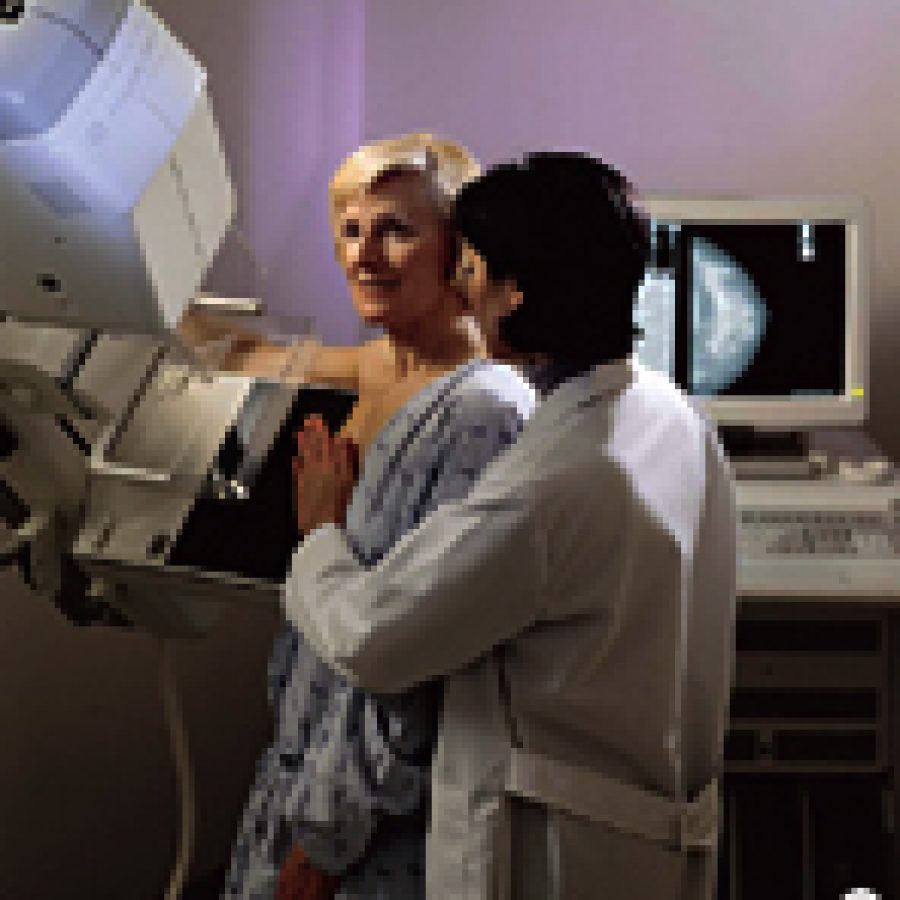It’s a simple test that can help save your life, yet only about 30 percent of women age 40 and over get an annual mammogram, and fewer still may understand the test’s limitations, say experts at the American College of Radiology (ACR).
Mammograms are used to screen healthy women for signs of breast cancer, follow up on findings from screening, or to evaluate a woman who has symptoms of breast cancer such as a lump, nipple discharge, breast pain, dimpling of the skin on the breast or retraction of the nipple. The most accurate test for breast cancer available, mammograms can detect tumors before they are felt by hand and can reduce death rates for women over 40 with annual screenings.
However, the ACR and the American Cancer Society want women to know that a mammogram may also identify abnormalities that are not breast cancer, not identify abnormalities that are cancerous, and may require additional testing such as MRI or Ultrasound to complete diagnosis.
This is especially true for women with dense breast tissue, which on mammography film is hard to distinguish from abnormalities says, Ellen Mendelson, MD of the ACR Committee on Breast Cancer. “It has the same appearance, in terms of color, as abnormalities. Cancer, cysts, other masses blend in. They look white against a white background of the normal breast tissue,” said Dr. Mendelson. The ACR advises women, especially those with dense breasts, to bring previous mammograms to future appointments, to better enable their doctors to more rapidly determine what “normal” breast tissue is in their particular case.
The ACR also encourages women to take these simple steps to take charge of their own health:
Follow a healthy lifestyle.
Eat a balanced diet, maintain a healthy weight, exercise regularly, avoid excessive amounts of alcohol and don’t smoke.
From age 20 on, have a clinical breast exam at least every three years and learn to recognize changes in your breasts.
When you are 40, get a mammogram and have one every year. Report unusual changes to your doctor right away.
For women at high risk for developing breast cancer due to family history, talk to your doctor or nurse about the best methods of screening for you or contact the American Cancer Society (ACS).

























